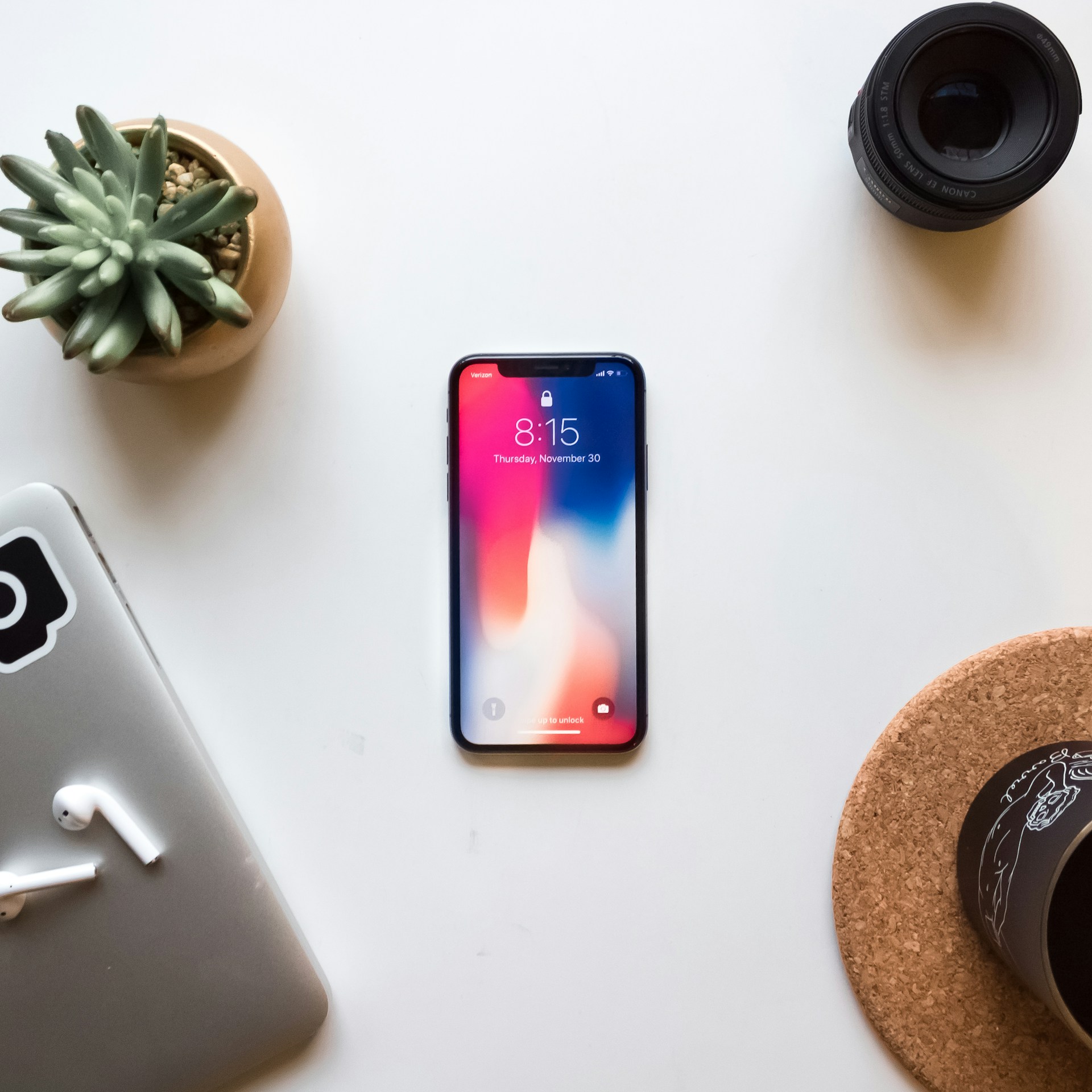Water Resistance Ratings
Water Resistance Ratings provide consumers with important information about the level of protection their devices have against liquid damage. These ratings are assigned by manufacturers based on standardized testing procedures and help users make informed decisions about the durability of their devices. When it comes to smartphones, such as the iPhone, water resistance ratings have become increasingly relevant as people are using their devices in a variety of environments, including rain, pools, and even in the shower.
Apple, the tech giant, is known for its commitment to providing high-quality products, and the company has made significant strides in improving the water resistance of its iPhones. The latest models, such as the iPhone 12, boast impressive water resistance ratings, giving users peace of mind when using their devices near water. However, it is essential to understand the limitations of these ratings and the potential risk of water damage that still exists.
Official Apple Claims
Apple has made significant strides in improving the water resistance of their iPhones. According to their official claims, the latest models are designed to withstand immersion in water of up to a certain depth and for a specific duration. This means that if you accidentally drop your iPhone in a pool or spill a drink on it, you can have some peace of mind knowing that it is built to handle such situations.
Furthermore, Apple’s claims also suggest that their water-resistant iPhones can endure exposure to common liquids such as coffee, tea, and soda. This means that even if you have a mishap with your morning beverage or accidentally spill a soft drink on your device, it shouldn’t immediately spell disaster. Apple’s focus on improving the water resistance of their iPhones demonstrates their commitment to providing a reliable user experience that can withstand everyday situations that may involve water or liquid exposure.
Improvements from Previous Models
Apple has continuously strived to enhance the water resistance capability of their iPhone models over the years. With each new release, they have made significant improvements to ensure the device can withstand exposure to water and other liquids. The latest iPhone models boast better seals and stronger adhesives, providing a more robust barrier against potential water damage.
One key advancement in the recent models is the improved IP rating. Apple has upgraded the water resistance level for their devices, offering an IP68 rating. This means that they can withstand being submerged in water up to a depth of 1.5 meters for a maximum of 30 minutes. Such enhancements have instilled a sense of confidence among iPhone users, allowing them to carry their devices with more peace of mind in various environments, such as near water bodies or during outdoor activities.
IP Rating Explanation
The IP rating, or Ingress Protection rating, is a standard system used to measure the level of protection that a device has against the intrusion of solid objects and liquids. The IP rating consists of two digits, with the first digit representing the device’s protection against solid objects like dust and debris, and the second digit representing its resistance to liquids such as water.
The first digit ranges from 0 to 6, with higher numbers indicating a higher level of protection against particles. For example, a device with a rating of IP68 is completely dustproof. The second digit ranges from 0 to 9, with higher numbers indicating a higher level of water resistance. A device with a rating of IP68 is resistant to water immersion up to a certain depth and duration, typically stated by the manufacturer. It is important to note that IP ratings are assigned by third-party laboratories and are standardized across different manufacturers, allowing consumers to compare the level of protection offered by various devices.
Real-world Testing
Real-world Testing
When it comes to determining the water resistance capabilities of the latest iPhone models, real-world testing is essential. While official Apple claims provide us with a baseline understanding, it is necessary to validate these claims through practical experiments to gauge the device’s true performance in various scenarios.
One crucial aspect of real-world testing is the IP (Ingress Protection) rating explanation. This rating system classifies the level of protection a device has against solid objects and liquids. An IP rating consists of two numbers, with the first indicating the level of solid particle protection and the second representing liquid ingress resistance. By conducting tests in different environments and conditions, experts can get a better understanding of an iPhone’s IP rating and its actual ability to withstand water exposure. However, it is crucial to note that while real-world testing can provide valuable insights, it is not without limitations.
Submersion Depth Limitations
Many iPhone users are excited about the water resistance feature of their devices. It is true that the latest iPhone models come with impressive IP ratings such as IP67 or IP68, which indicate their ability to withstand water submersion to a certain depth. However, it is important to note that these ratings do come with limitations.
The depth limitations for submerging an iPhone underwater vary depending on the model and the IP rating it carries. For example, an iPhone with an IP67 rating can be submerged in water up to a depth of one meter for approximately 30 minutes. On the other hand, an iPhone with an IP68 rating can withstand submersion in water for up to 30 minutes at a depth of up to 1.5 meters. It is crucial to comprehend these limitations and avoid exceeding them to prevent any potential damage to your iPhone.
Impact of Liquid Damage on Warranty
Liquid damage can have a significant impact on the warranty coverage for your iPhone. Apple’s warranty policy clearly states that liquid damage is not covered under their standard warranty. If your iPhone exhibits signs of liquid damage, such as the Liquid Contact Indicator (LCI) turning red, Apple may refuse to provide any repairs or replacements under warranty. This means that if your iPhone stops working due to water damage, you may have to bear the full cost of repairing or replacing it.
It is important to note that Apple’s warranty policy regarding liquid damage is not unique to iPhones. Many electronic device manufacturers have similar policies in place. The reason behind this is that liquid damage can cause extensive and unpredictable damage to the internal components of a device, making it difficult to determine the exact cause and responsibility. Therefore, it is essential to exercise caution and take preventive measures to protect your iPhone against water exposure to avoid voiding the warranty.
Potential Risks of Water Damage
Water damage can pose significant risks to the functionality and longevity of your iPhone. One potential risk is the corrosion that can occur when water enters the device. This can lead to various hardware issues, such as a malfunctioning display or unresponsive buttons. Additionally, water damage may cause the internal components of your iPhone to short circuit, resulting in permanent damage that may render your device completely unusable. It is important to note that even with a high water resistance rating, prolonged exposure to water or submersion beyond the specified depth limitations can still pose a risk to your iPhone’s performance and durability. Therefore, it is crucial to exercise caution and follow the recommended guidelines to minimize the potential risks of water damage.
Tips for Protecting Your iPhone
One of the most effective ways to protect your iPhone from water damage is to invest in a quality waterproof case. These cases are specifically designed to provide an extra layer of protection against water, preventing any accidental spills, rain, or even submersion from causing harm to your device. With a waterproof case, you can have peace of mind knowing that your iPhone is safe and secure, even when faced with water-related situations.
Additionally, it’s important to be mindful of where you keep your iPhone when you’re around water. Avoid placing it near sinks, pools, or other bodies of water where it could easily get splashed or submerged. Similarly, be cautious when using your iPhone near water, such as when taking photos or answering calls. Accidents can happen in a split second, and it’s better to be safe than sorry. By being proactive and taking these precautionary measures, you can significantly minimize the risk of water damage to your iPhone and preserve its functionality in the long run.
Third-Party Waterproofing Options
In addition to the water resistance features offered by Apple, there are also third-party waterproofing options available for those seeking additional protection for their iPhones. These options range from adhesive films that cover the entire device to specialized cases that provide a secure seal against water intrusion.
One popular third-party option is the waterproof case. These cases are specifically designed to safeguard the iPhone from water damage, typically offering IP68 or higher ratings for added peace of mind. They are made from durable materials and feature rubber seals around the ports and buttons to keep water out. Additionally, some waterproof cases have MIL-STD-810G certification, which means they can withstand various environmental conditions such as drops and impacts.







Leave a Reply